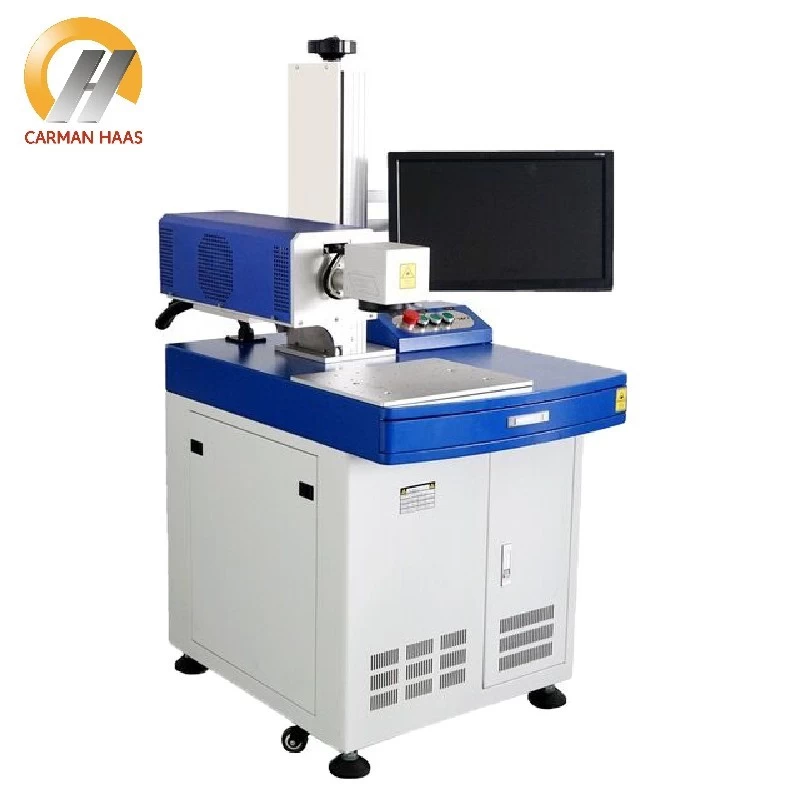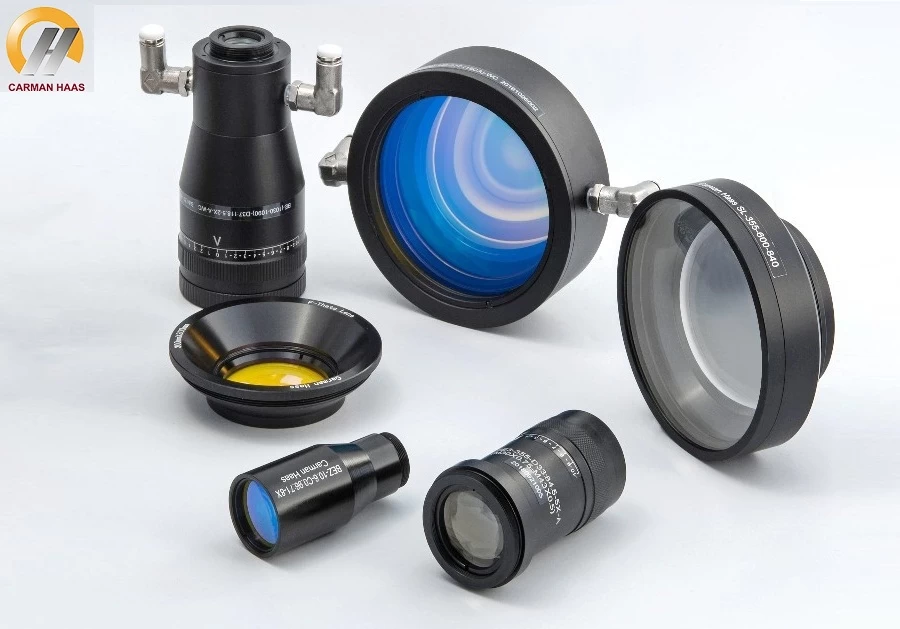Comparative analysis of SLS and SLM forming processes
The specific sintering process is also different because of the different materials of the SLS process.
1. Sintering process of polymer powder materials
Take polymer powder materials as an example. The sintering process of this material can be divided into three stages: pretreatment, powder layer sintering stacking and post-treatment:

China SLS Optical system manufacturer
A. Pre-processing is mainly to use design software to design three-dimensional CAD modeling, static STL data conversion and input into the powder laser sintering rapid prototyping system.
B. The second stage is the powder layer laser sintering stacking: the device sets specific manufacturing parameters according to the structural characteristics of the prototype, and the device automatically completes the layer-by-layer powder sintering stacking process of the prototype. After the automatic sintering of all the laminates is completed, the manufactured prototype needs to be cooled to below 40°C in the forming cylinder, and the prototype is taken out for post-processing.
C. Post-processing: Because the strength of the manufactured model is very weak, it is necessary to infiltrate wax or resin for reinforcement during the entire post-processing process.
2. Indirect sintering process of metal parts
The indirect sintering process of metal parts is divided into three stages: the production of SLS prototype parts, the production of powder sintered parts, and the post-treatment of metal infiltration.
A.The production of SLS prototypes includes CAD modeling, layered slicing, laser sintering, and prototypes. The key to this stage is how to select reasonable powder ratios and processing parameters to achieve prototype production.
B.The production stage of powder sintered parts is secondary sintering (800°C)-tertiary sintering (1080°C). The key to this stage is that the organic impurities in the sintered prototype parts obtain a metal structure with relatively accurate shape and strength.
C.The process of metal infiltration stage is secondary sintering (800°C)-tertiary sintering (1080°C)-metal infiltration-metal parts. The key to this stage is to select appropriate infiltration materials and processes to obtain denser metal parts.
3. Direct manufacturing process of metal parts by SLS process
The direct manufacturing process of metal parts in SLS process is: CAD model-layered slicing-laser sintering (SLS)-RP prototype parts-metal parts.
Factors affecting model accuracy in SLS process:
In the process of manufacturing prototype parts using SLS process, there are many factors that easily affect the accuracy of prototype parts, such as SLS equipment accuracy error, CAD model slicing error, scanning method, powder particles, ambient temperature, laser power, scanning speed, scanning distance, Single layer thickness etc. Among them, the sintering process parameters have a great influence on the accuracy and strength. In addition, uneven preheating will also lead to poor accuracy of prototypes.
① Laser power: With the increase of laser power, the size error increases in the positive direction, and the increasing trend in the thickness direction is larger than the size error in the width direction.
② Scanning speed: When the scanning speed increases, the size error decreases in the negative error direction, and the intensity decreases.
③ Sintering distance: As the scanning distance increases, the size error decreases in the negative direction.
④ Single-layer thickness: As the single-layer thickness increases, the strength decreases, and the dimensional error decreases in the direction of re-examination.
The SLM process mainly faces the forming of metal materials, and its process difficulties are mainly embodied in the support design. The main functions of the support are embodied in:
1. Undertake the next unformed powder layer to prevent the laser scanning to the thick metal powder layer and collapse;
2. After the powder is heated and melted and cooled during the molding process, there is shrinkage stress inside, which causes the parts to warp, etc. The support structure connects the formed part and the unformed part, which can effectively suppress this shrinkage and keep the formed part in stress balance.
3.Conduct heat, and the formed parts can transfer heat to the substrate through the support to prevent the parts from overheating and generate greater thermal stress.


















